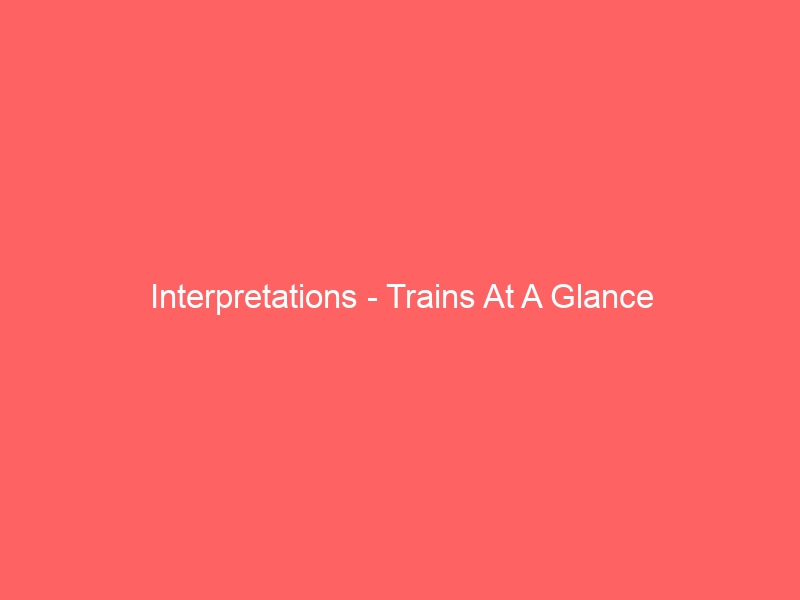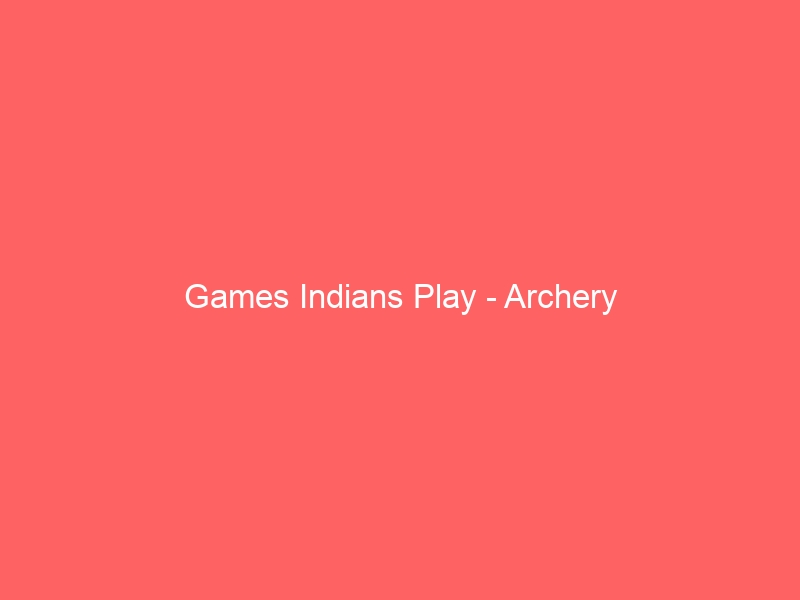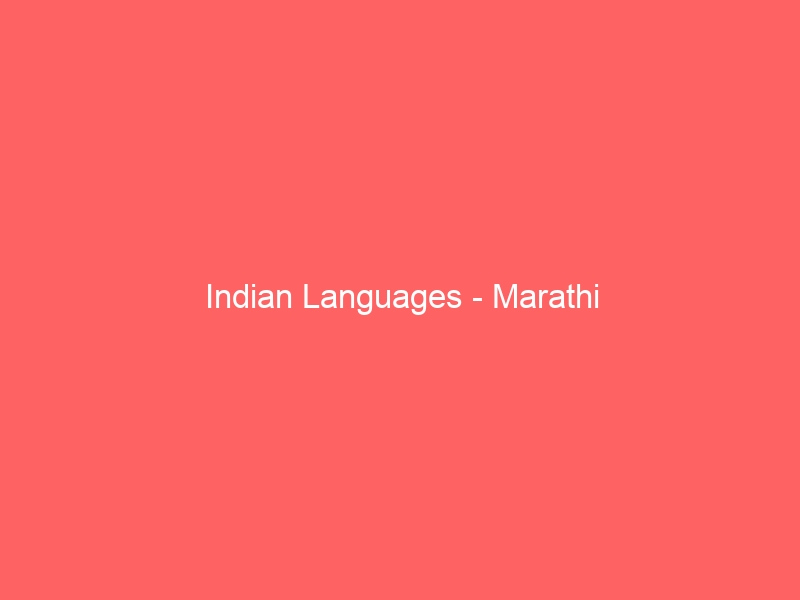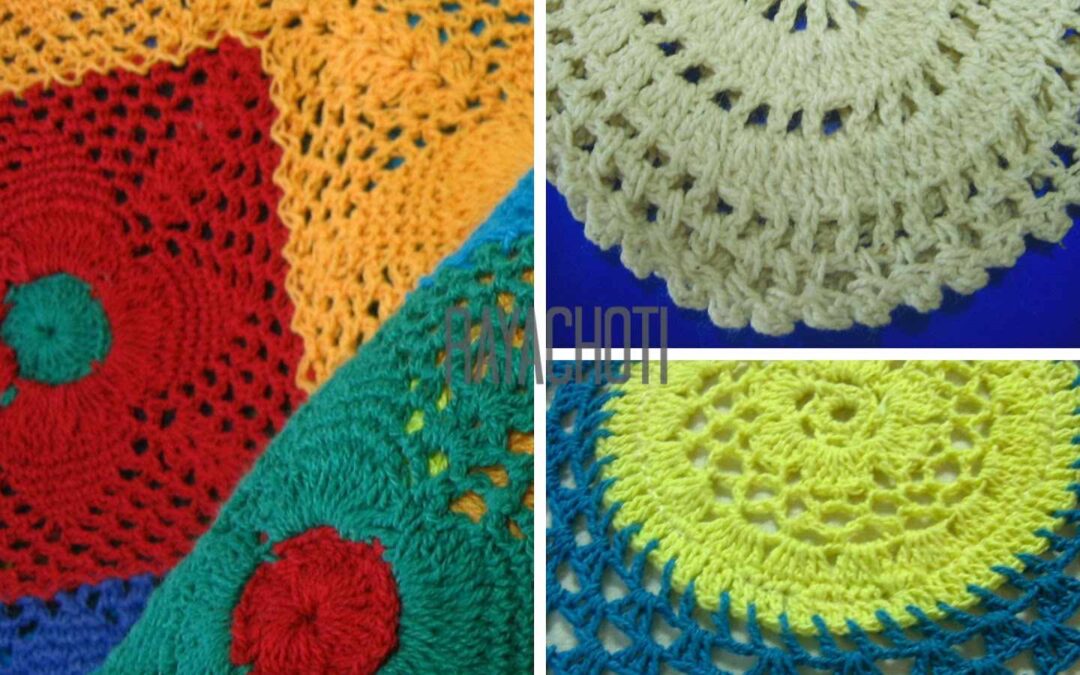
Uncategorized
Throwball is a non-contact team sport with seven players per team and five substitutes. The ball is ‘served’ with one hand from across the net and the opposite team player has to catch it and throw it back within seconds. The usual ball sport rules of lines, nets and points apply. Throwball is presumed to have been introduced in Chennai, in the 1940s but it was not until 1955 that the rules and guidelines of playing the sport were formulated by Dr. Harry Crowe Buck, the Head of Department, YMCA College of Physical Education, Chennai. It took until 1980 for the first national level tournament to be organised in Bengaluru, Karnataka. However, for all its slow growth, what began originally as a ‘womens’ sport’ introduced in India, has now become a popular sport in Asia played across schools and colleges, having its own international federation with regional bodies.
An edited version of the article was published in Culturama’s October 2012 Issue.

Uncategorized
The Indian Railways runs around 11,000 trains across the country of which 7000 are passengers trains transporting 13 million passengers. It’s not uncommon, then, to find as in the picture, an entire wall listing trains that pass through a particular station. This saves the bother of waiting in queue for standardised information like train number, train name, the origin and destination, time at which it passes this specific station and frequency during the week.
An edited version of the article was published in Culturama’s September 2012 Issue.

Uncategorized
One only needs to skim through Indian mythology to understand the reverential place that the ancient sport of archery holds in India. Whether it is Arjuna’s shooting the fish-eye in the Mahbharata or Rama’s breaking the unbreakable bow in the Ramayana, the bow and arrow are more than just tests of strength for a prospective warrior groom of yore. Tribal communities, that have been traditionally skilled at archery hail from many Indian states including the Indian North East and interior regions of Odisha, Jharkhand and Rajasthan. One of the most notable names in the world of modern Indian archery is Limba Ram, who hails from a tribal community of Rajasthan and is currently one of the coaches for the Indian archery team at the Olympics 2012. Some of the other Indian archers who have represented India in the sport include Tarundeep Rai, Satyadev Prasad, Jayanta Talukdar, Dola Banerjee, Rahul Banerjee, L. Bombayla Devi, Chekrovolu Swuro and Deepika Kumari, who, at the time of going to print, is ranked world No. 1.
An edited version of the article was published in Culturama’s September 2012 Issue.

Uncategorized
Marathi (Ma-raa-tee) is spoken predominantly in the state of Maharashtra. The word ‘Marathi’ itself is presumed to be derived from ‘maharashtri’ meaning ‘the language of the great land’. It is written in the Devanagari script, just like Hindi. However, as compared to Hindi, it has a heavy influence of Sanskrit-derived words.
The most fascinating literary traditions in Marathi language is the contribution of philosophers and saint-poets like Moropant, Dnyaneshwar, Eknath, Namdev, Chokhmela, Samarth Ramdas, and the prolific Tukaram who composed thousands of abhangs– Marathi devotional poems in praise of the Hindu god, Vittal sung during an annual pilgrimage called Warkari
Contemporary writers, poets and playwrights include Sane Guruji, P.L. Deshpande, Ranjit Desai, Mangesh Padgaonkar, Kusumagraj, Vinayak Damodar Savarkar, Vijay Tendulkar and Dilip Chitre.
According to the 2001 Indian census, there are 71,701,478 speakers of Marathi in the country with as many as 42 dialects.
An edited version of the article was published in Culturama’s September 2012 Issue.

Uncategorized
What is this album about?
Traveller traces the route of ancient Indian gypsies from Punjab and Rajasthan in India to Andalusia in Spain. It attempts to find synergies between Spanish Flamenco and Indian Folk and Classical music traditions, while also highlighting the distinctiveness of these genres..
Who is it by?
Anoushka Shankar is a composer and Sitar-player, who has followed in the footsteps of her father, the internationally acclaimed composer and musician, Pandit Ravi Shankar.
Why should listen to it?
The compositions place the Sitar instrument in the midst of the Flamenco structure, accompanied by the sounds of palmas, cajon, ghatam, tabla and vocals from both traditions. The title track is a celebration of the two percussive traditions, with the Sitar and the Shehnai providing a melodic thread through the composition. In the feisty Buleria con Ricardo, the Sitar and the piano represent the sounds of the East and West, accompanied by the palmas (a hand-clapping typical to Flamenco). Boy meets Girl is a delightful melding of the Flamenco Granaina and the Hindustani Raaga Maanj Khamaj.
An edited version of the article was published in Culturama’s September 2012 Issue.

Uncategorized
Narsapur is a town in the West Godavari district of Andhra Pradesh, and along with neighbouring villages like Palakol, it is home to a rather unlikely industry – crochet. In India, crochet evolved over a hundred years ago as a cottage industry primarily due to the efforts of Christian missionaries to help destitute women and orphans earn a livelihood. Centres like Narsapur began to cater to Buying Offices across the world as the women of the region took to making crochet to supplement the household income. For the women, the income from crochet is not the only means of sustenance, it is a hobby, usually done while watching television. Products include home accessories – like doilies, pillow covers, cushion covers, table-runners, bed spreads and table cloths – and apparel – like skirts, blouses, children’s frocks etc. – and trims. Other than the commonly available white and gray colours, export houses have innovated Narsapur crochet with vibrant colour-fast yarn in shades like yellow, blue and maroon.
An edited version of the article was published in Culturama’s September 2012 Issue.







